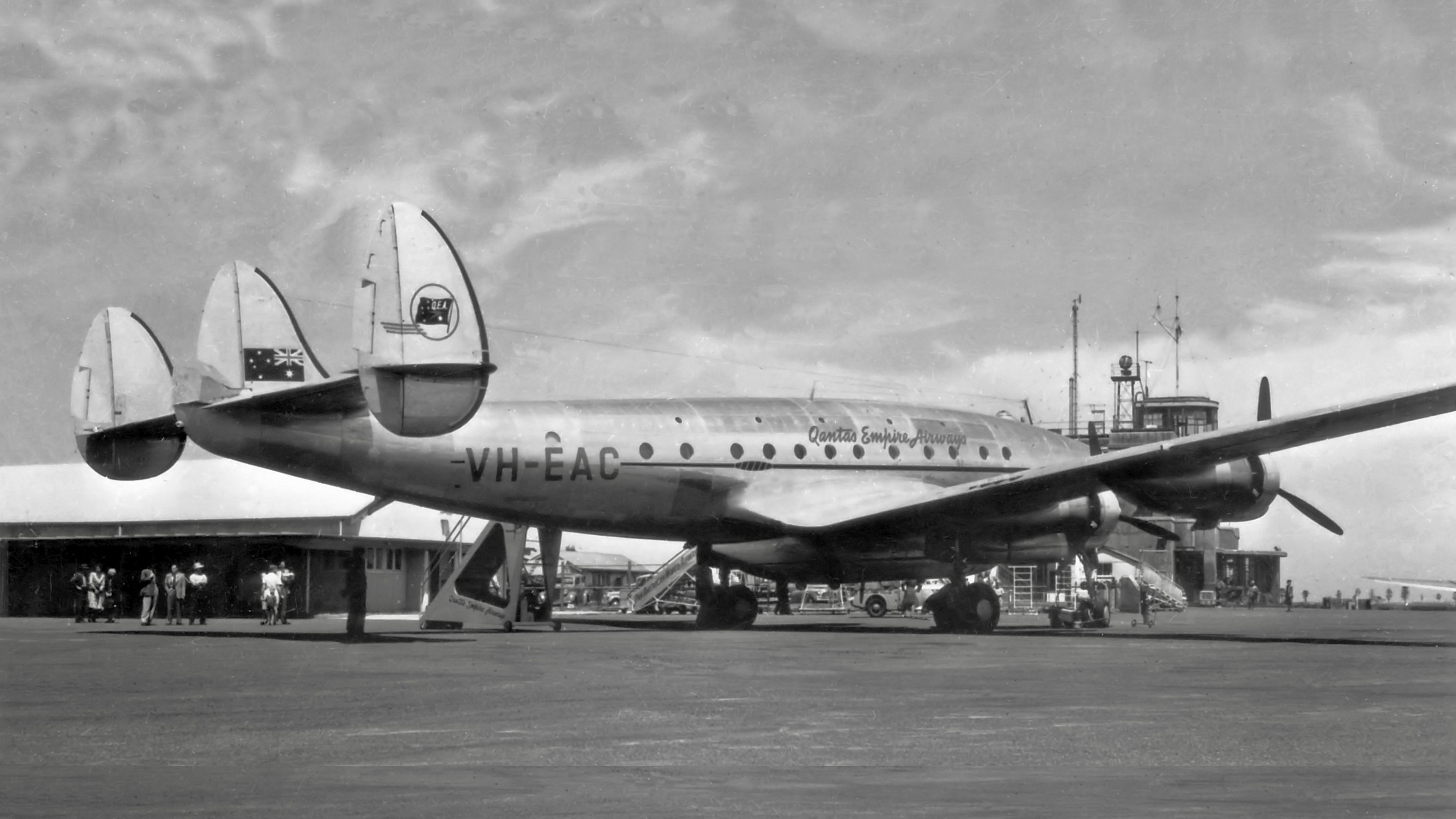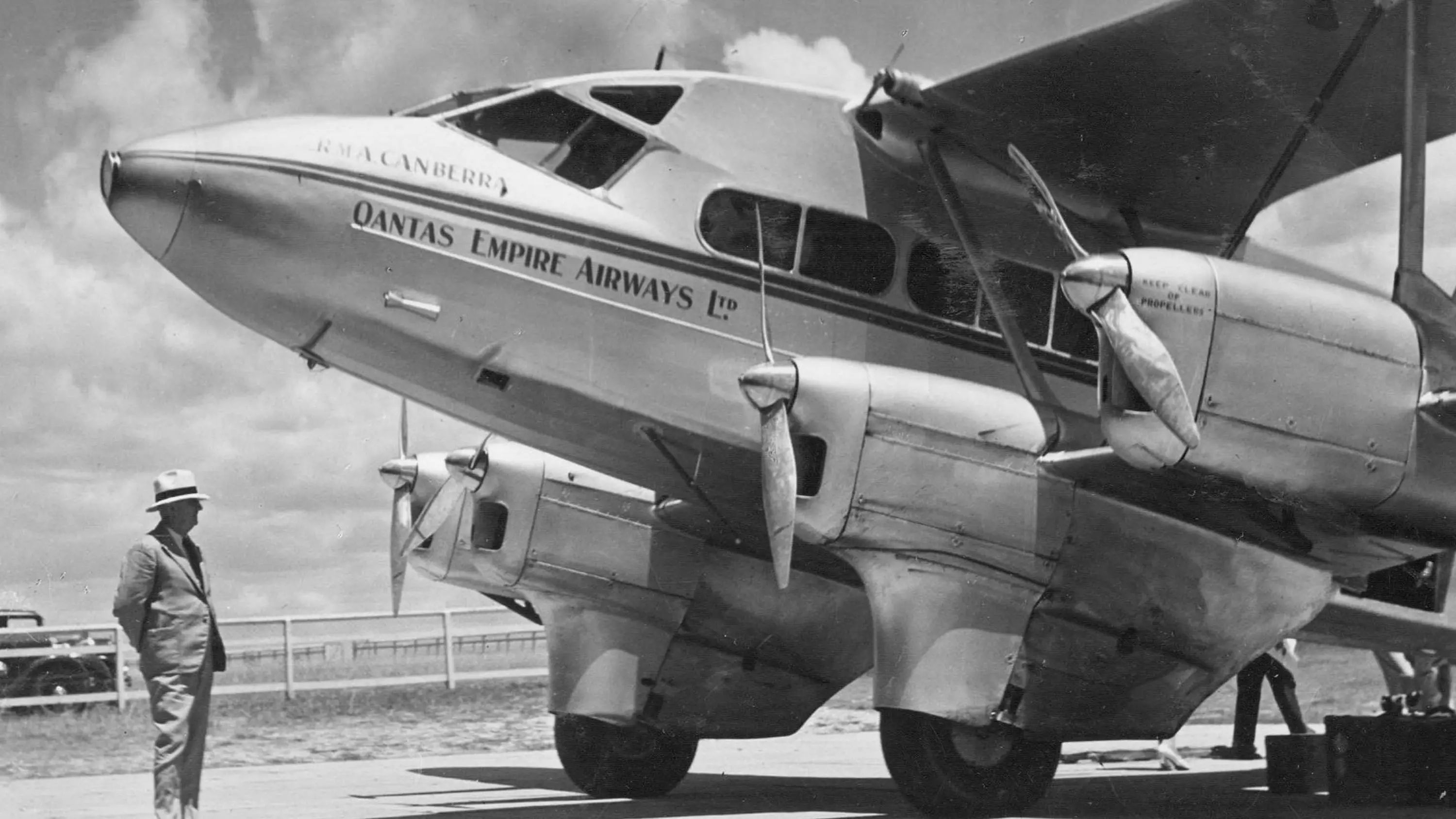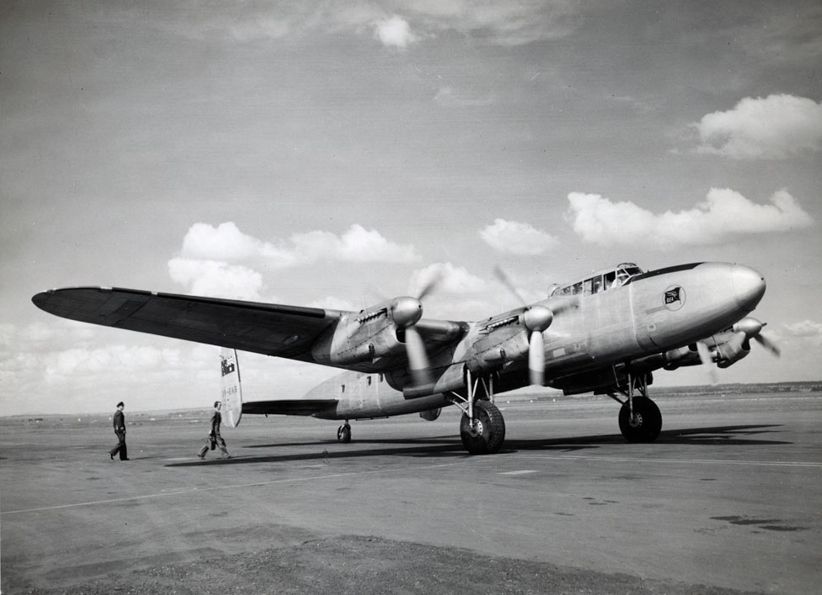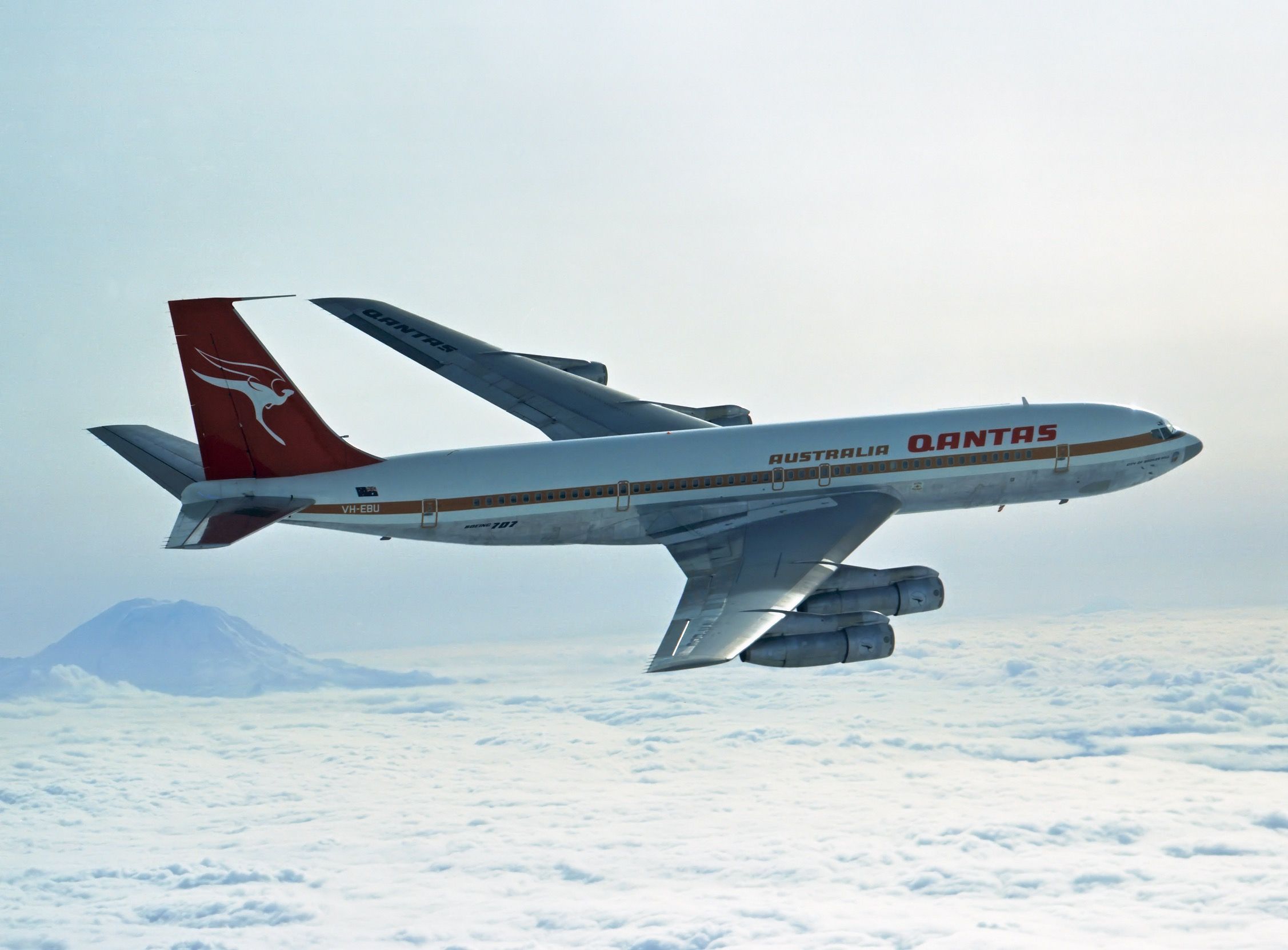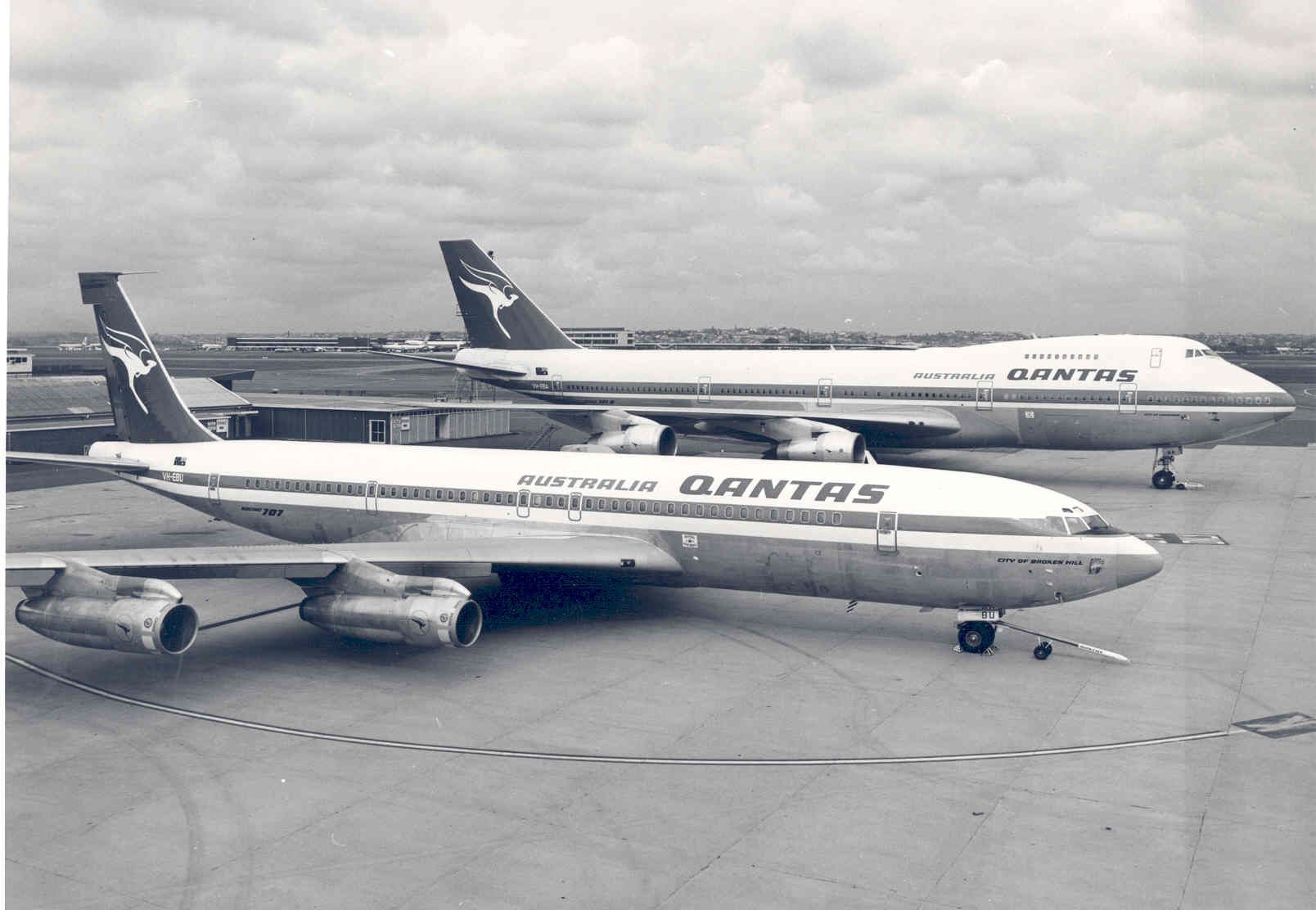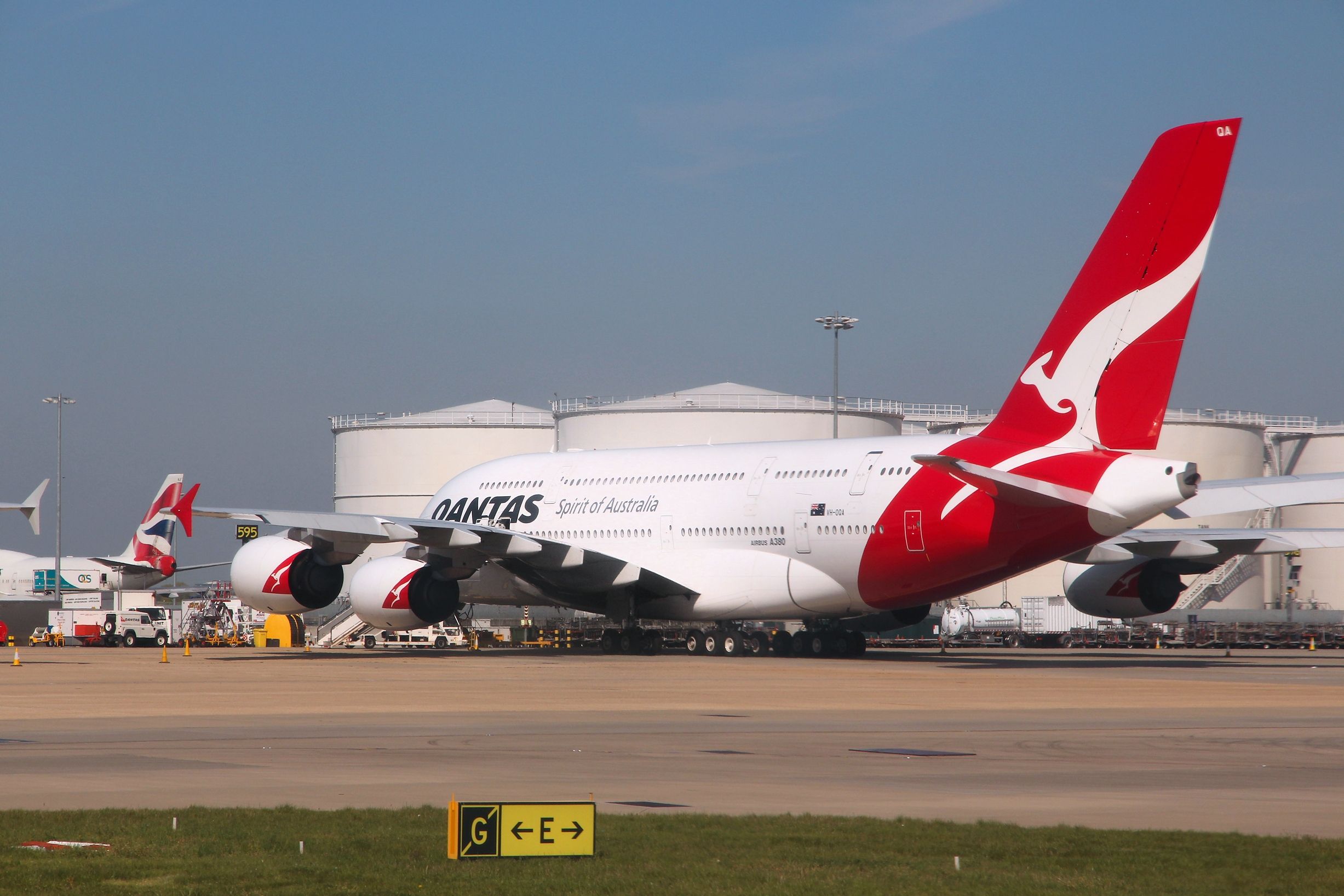Summary
- The Kangaroo Route, originally operated by Qantas, used to have many stops and took up to 12 and a half days to travel between the UK and Australia.
- Qantas took over the route in 1947 and started operating it on its own metal, using Lockheed Constellations. Travel time was around 58 hours with stops at various cities.
- With the introduction of Boeing 747 and Airbus A380 aircraft, the route evolved and now has only one stop in Singapore. Qantas is planning to launch direct flights from Sydney to London in the future.
Australian flag carrier Qantas' London-bound services have long been known as the 'Kangaroo Route.' This is due to how the flight 'hopped' its way across to London in its early years. At its peak, there were as many as seven stops! But how has this route developed over time? And how could you travel between the UK and Australia before Qantas operated the route in full?
Many stops over many days
Qantas first began serving London before the Second World War. A forerunner to today's codesharing and airline alliance deals, Qantas flew from Brisbane to Singapore as early as 1935. These flights used de Havilland D.H.86 'Express' aircraft, carrying ten passengers.
Upon arrival in Singapore, passengers connected onto Qantas's partner, Imperial Airways, which flew from there to London Croydon. The journey as a whole could take up to 12 and a half days, including overnight stops. In a similar arrangement, throughout much of the 1940s, Qantas would fly you to Ceylon and, later, Karachi to connect with BOAC for the remainder of the journey.
By 1938, Imperial Airways' 18-seat Shorts Empire flying boats had cut the journey time from Sydney to Southampton to nine and a half days. The immediate post-war years saw particularly significant steps forward for the route. By 1947, there were as many as six weekly flights between Sydney and England.
The quickest of these flights took 77.5 hours to reach London Heathrow using Avro Lancastrian aircraft. Flying boat services to Poole, Dorset, took longer, coming in at just under 169 hours.
Qantas takes over the whole route
Qantas began flying the Kangaroo Route on its own metal in 1947. The airline passed into public ownership that year and acquired its first Lockheed Constellations, which were used on the route. Onboard were ten crew, including three pilots, one navigator, one radio operator, two flight engineers, and three cabin crew. They looked after just 29 passengers who paid the equivalent of US$26,000 to fly from Sydney to London. Travel time was around 58 hours, with stops at Darwin, Singapore, Calcutta, Karachi, Cairo, Castel Benito, and Rome.
Please get the latest aviation news straight to your inbox: Sign up for our newsletters today.
Over the next decade, Qantas tinkered with the route. Despite the cost, the airline was running multiple services a week each way. Cities like Frankfurt, Zürich, Rome, Belgrade, Athens, Beirut, Tehran, Bombay, and Colombo came into the mix as other cities dropped off the run.
Within a decade, multiple competitors had debuted the route, and Qantas had upgraded its services to operate with Super Constellations. BOAC was running four Britannias a week in each direction. Air India had a weekly Super Constellation service between Sydney and London, and KLM ran a Super Constellation between Sydney and Amsterdam. Whether Sydney - Amsterdam actually falls within the Kangaroo Route is debatable, but let's be generous. One could say the same about the TAI Douglas DC-6B that stopped in Sydney on the run between Auckland and Paris.
The dawn of the jet age
Qantas was the first customer outside of the United States to receive a Boeing 707 when it took delivery of its first aircraft in 1959. Qantas swiftly put the jet on the Kangaroo Route. It introduced a flurry of new routing options to take advantage of the aircraft's short takeoff capabilities, allowing it to stop at a greater range of airports along the way. As new destinations became available, the airliners were vital for the carrier's first around-the-world runs.
The airline also initiated its 'Fiesta Route' to London via Tahiti, Mexico, and the Caribbean. Other flights that went towards London via North America flew what was called the Southern Cross Route, with stops in Fiji, Honolulu, San Francisco, and Vancouver. The Kangaroo Route label stayed with the flights to London over South Asia and Europe.
The 747 revolutionized the Kangaroo Route
In the early 1970s, the advent of the Boeing 747 meant significant changes on the Kangaroo Route. The days of multiple stops were over. As a little kid, I recall late-night visits to Singapore, Bombay, and Bahrain. They'd open the plane door at 03.00 in Bombay, and the intense smells of India would fill the plane. I'd look out the window and see lights from the fires still burning at the shanties abutting the airport.
Love aviation history? Discover more of our stories here.
Qantas bet big on the Queen of the Skies. Between 1979 and 1985, Qantas' fleet consisted entirely of Boeing 747 aircraft. In later years, its 1989 delivery of the first Qantas Boeing 747-438 aircraft became a record-breaking nonstop flight from London to Sydney.
By 2010, the Airbus A380 was the star airliner on the Kangaroo Route. Qantas, Singapore Airlines, Malaysia Airlines, THAI, Emirates, Etihad, and Qatar rolled out the big plane on the route. Interestingly, BOAC's modern-day successor, British Airways, never sent the A380 to Sydney but continues to fly to Sydney via Singapore using a Boeing 777. Other European airlines, such as KLM, ceased serving Australia in the 1990s.
Qantas continues to serve London with its A380 fleet. These days, the route only has one stop at Singapore Changi Airport. Fight time is down significantly from the route's original days, but the journey still takes an entire day. Qantas introduced direct flights from London to Perth on Australia's western coast. Using a Boeing 787-9, the hop takes almost 18 hours and just under 17 hours on the return leg.
All are a long way from the Lockheed Constellation. That contemporary 787-9 carries almost ten times as many passengers as the Lockheed, and a return ticket typically costs around US$1,000. Both routes take about 21 or 22 hours, depending on the winds.
What about nonstop flights?
The current routings continue to use Singapore due to the inability of aircraft currently on the market to conduct the flight with a full passenger and cargo load. Plans have been in the works for many years to introduce direct flights from Sydney to London under the code name "Project Sunrise." The moniker originated from clandestine World War II flights operated by the airline in which pilots from Perth to Sri Lanka en route to London remained airborne long enough to witness two sunrises.
The airline announced it was seeking bids for an aircraft capable of making the long journey before settling on the Airbus A350-1000. Qantas is slowly revealing details before the launch and unveiled the cabins for the ultra-long-haul flights earlier this year. The premium-heavy configuration will offer a host of new amenities, including a custom "Wellbeing Zone" with exercise stations and a range of refreshments.
Qantas hopes to have flights operational by "late 2025" after it receives the first of its twelve new aircraft. But without all those hops, should it still be called the Kangaroo Route?

